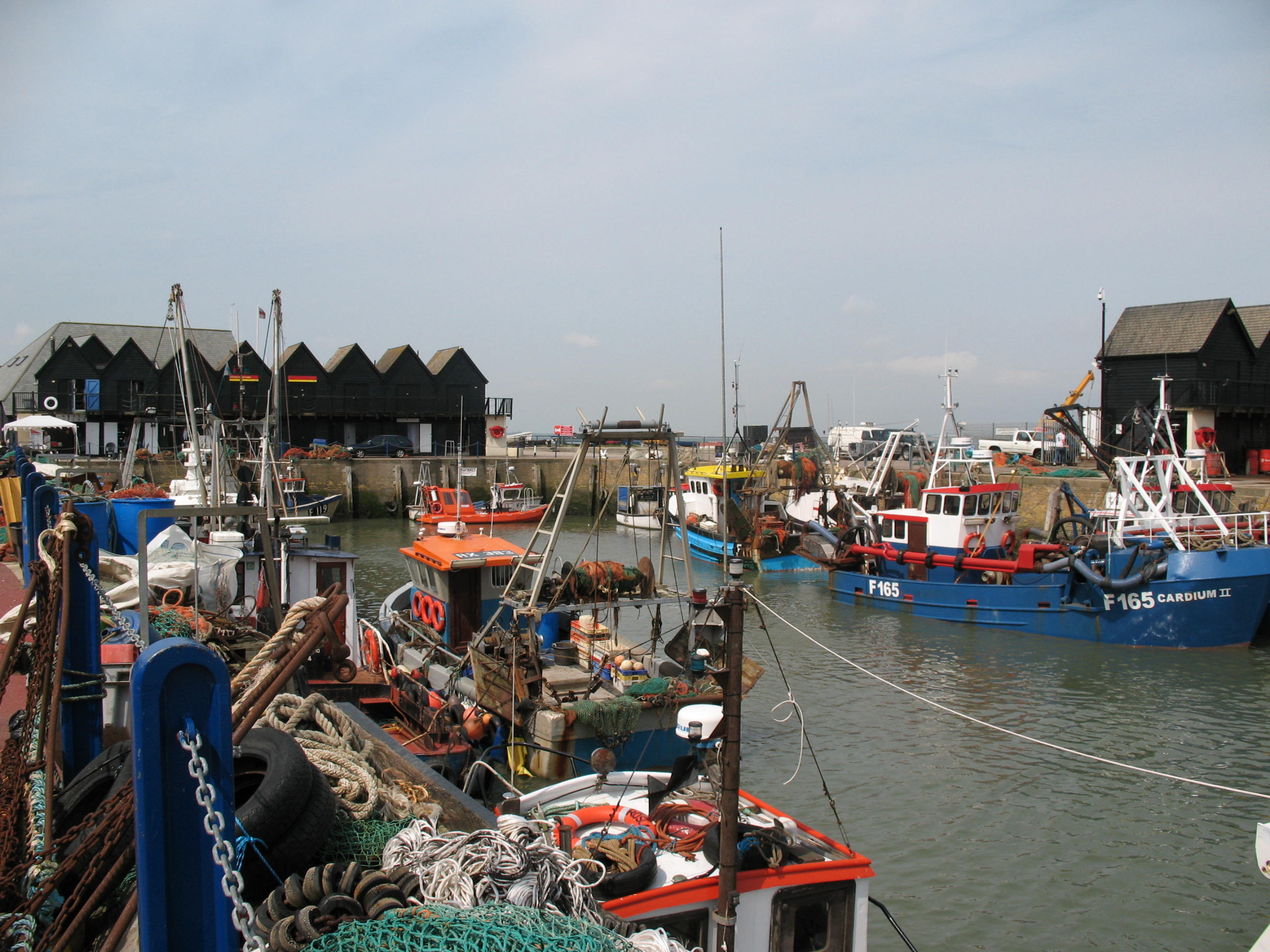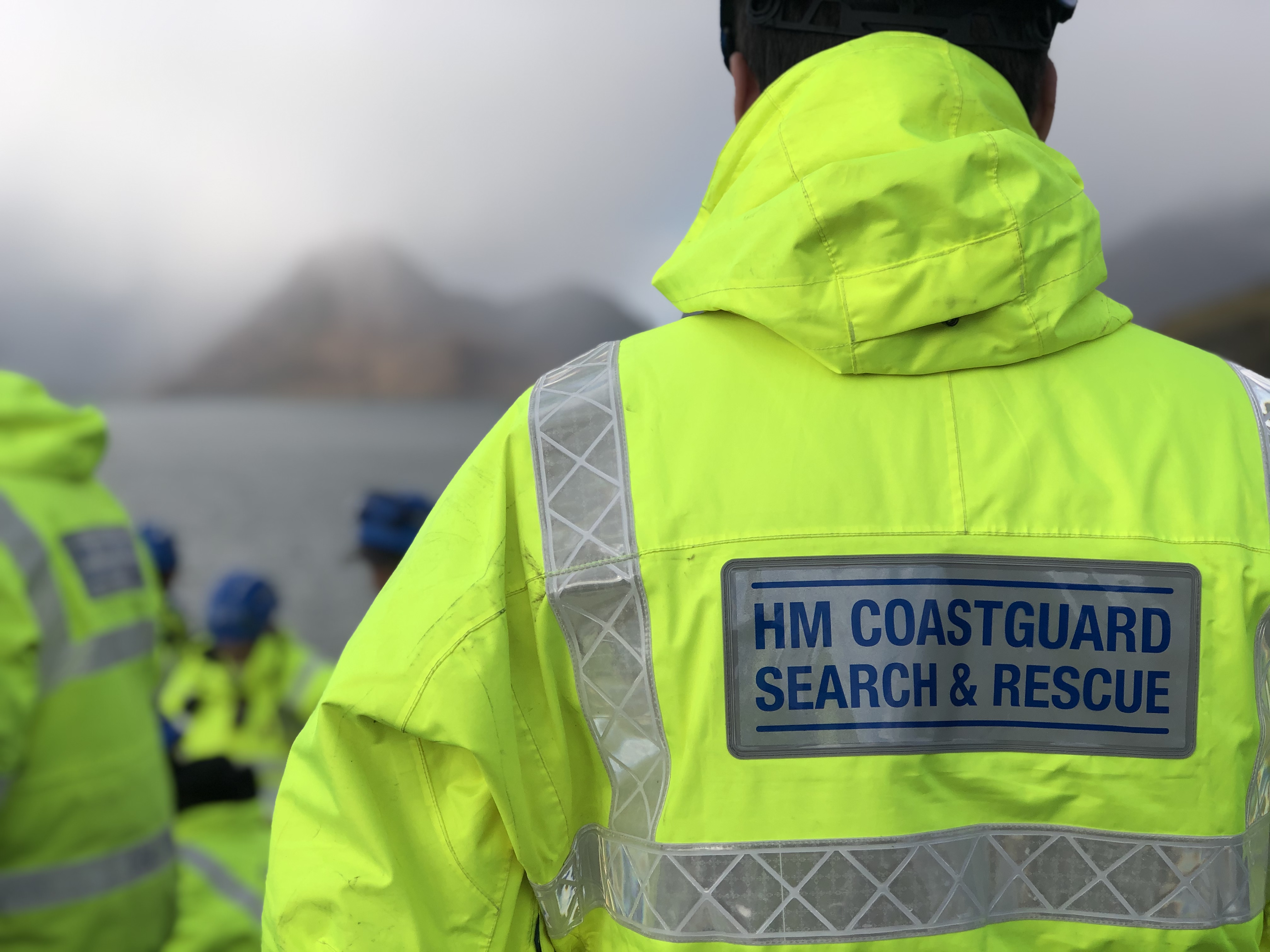|
The Great Fire Of Whitstable, 1869
The Great Fire of Whitstable in 1869 devastated the coastal town of Whitstable in Kent, England.On the evening of Wednesday, 16 November 1869, the fire swept through The Wall, west of the town's harbour. Given that the population of the town was a little under 2,000, the disaster that befell the little fishing harbour must have been big news across the region, as the fire drew a crowd of 10,000 spectators. It was the local coastguard A coast guard or coastguard is a maritime security organization of a particular country. The term embraces wide range of responsibilities in different countries, from being a heavily armed military force with customs and security duties to ..., Edwin George Lane, who on 16 November at about 10.45pm spotted flames coming from the roof of a shop. He raised the alarm and a large crowd gathered. Winds caused the inferno to be carried into Marine Street, and Harbour Street beyond, causing great damage where almost all the buildings were destroyed. ... [...More Info...] [...Related Items...] OR: [Wikipedia] [Google] [Baidu] |
Whitstable
Whitstable () is a town on the north coast of Kent adjoining the convergence of the Swale Estuary and the Greater Thames Estuary in southeastern England, north of Canterbury and west of Herne Bay. The 2011 Census reported a population of 32,100. The town, formerly known as Whitstable-on-Sea, was famous for its 'Native Oysters' which were collected from beds beyond the low water mark from Roman times until the mid-20th century. The annual Whitstable Oyster Festival takes place during the summer. In 1830, one of the earliest passenger railway services was opened by the Canterbury and Whitstable Railway Company. In 1832 the company built a harbour and extended the line to handle coal and other bulk cargos for the City of Canterbury. The railway has closed but the harbour still plays an important role in the town's economy. The railway route, known as The Crab and Winkle Line, is now a cycle path which leads to the neighbouring city of Canterbury. History Archaeological fi ... [...More Info...] [...Related Items...] OR: [Wikipedia] [Google] [Baidu] |
Kent
Kent is a county in South East England and one of the home counties. It borders Greater London to the north-west, Surrey to the west and East Sussex to the south-west, and Essex to the north across the estuary of the River Thames; it faces the French department of Pas-de-Calais across the Strait of Dover. The county town is Maidstone. It is the fifth most populous county in England, the most populous non-Metropolitan county and the most populous of the home counties. Kent was one of the first British territories to be settled by Germanic tribes, most notably the Jutes, following the withdrawal of the Romans. Canterbury Cathedral in Kent, the oldest cathedral in England, has been the seat of the Archbishops of Canterbury since the conversion of England to Christianity that began in the 6th century with Saint Augustine. Rochester Cathedral in Medway is England's second-oldest cathedral. Located between London and the Strait of Dover, which separates England from m ... [...More Info...] [...Related Items...] OR: [Wikipedia] [Google] [Baidu] |
Cobbled Street In Whitstable
Cobblestone is a natural building material based on cobble-sized stones, and is used for pavement roads, streets, and buildings. Setts, also called Belgian blocks, are often casually referred to as "cobbles", although a sett is distinct from a cobblestone by being quarried or shaped to a regular form, whereas cobblestone is generally of a naturally occurring form and is less uniform in size. Use in roading Cobblestones are typically either set in sand or similar material, or are bound together with mortar. Paving with cobblestones allows a road to be heavily used all year long. It prevents the build-up of ruts often found in dirt roads. It has the additional advantage of immediately draining water, and not getting muddy in wet weather or dusty in dry weather. Shod horses are also able to get better traction on stone cobbles, pitches or setts than tarmac or asphalt. The fact that carriage wheels, horse hooves and even modern automobiles make a lot of noise when rolling ... [...More Info...] [...Related Items...] OR: [Wikipedia] [Google] [Baidu] |
Her Majesty's Coastguard
His Majesty's Coastguard (HMCG) is a section of the Maritime and Coastguard Agency responsible, through the Secretary of State for Transport to Parliament, for the initiation and co-ordination of all maritime search and rescue (SAR) within the UK Maritime Search and Rescue Region. This includes the mobilisation, organisation and tasking of adequate resources to respond to persons either in distress at sea, or to persons at risk of injury or death on the cliffs or shoreline of the United Kingdom. It is also responsible for land based search and rescue helicopter operations from 2015. The chief executive of the Maritime and Coastguard Agency is Brian Johnson. Operational control of the service is the responsibility of the Director of HM Coastguard, Claire Hughes. His Majesty's Coastguard is not a military force nor law enforcement agency, with coastal defence being the responsibility of the Royal Navy, law enforcement being the responsibility of the local territorial police for ... [...More Info...] [...Related Items...] OR: [Wikipedia] [Google] [Baidu] |
Disasters In Kent
A disaster is a serious problem occurring over a short or long period of time that causes widespread human, material, economic or environmental loss which exceeds the ability of the affected community or society to cope using its own resources. Disasters are routinely divided into either " natural disasters" caused by natural hazards or "human-instigated disasters" caused from anthropogenic hazards. However, in modern times, the divide between natural, human-made and human-accelerated disasters is difficult to draw. Examples of natural hazards include avalanches, flooding, cold waves and heat waves, droughts, earthquakes, cyclones, landslides, lightning, tsunamis, volcanic activity, wildfires, and winter precipitation. Examples of anthropogenic hazards include criminality, civil disorder, terrorism, war, industrial hazards, engineering hazards, power outages, fire, hazards caused by transportation, and environmental hazards. Developing countries suffer the greatest costs w ... [...More Info...] [...Related Items...] OR: [Wikipedia] [Google] [Baidu] |
1869 In England
Events January–March * January 3 – Abdur Rahman Khan is defeated at Tinah Khan, and exiled from Afghanistan. * January 5 – Scotland's oldest professional football team, Kilmarnock F.C., is founded. * January 20 – Elizabeth Cady Stanton is the first woman to testify before the United States Congress. * January 21 – The P.E.O. Sisterhood, a philanthropic educational organization for women, is founded at Iowa Wesleyan College in Mount Pleasant, Iowa. * January 27 – The Republic of Ezo is proclaimed on the northern Japanese island of Ezo (which will be renamed Hokkaidō on September 20) by remaining adherents to the Tokugawa shogunate. * February 5 – Prospectors in Moliagul, Victoria, Australia, discover the largest alluvial gold nugget ever found, known as the "Welcome Stranger". * February 20 – Ranavalona II, the Merina Queen of Madagascar, is baptized. * February 25 – The Iron and Steel Institute is formed in L ... [...More Info...] [...Related Items...] OR: [Wikipedia] [Google] [Baidu] |
Fires In England
Fire is the rapid oxidation of a material (the fuel) in the exothermic chemical process of combustion, releasing heat, light, and various reaction products. At a certain point in the combustion reaction, called the ignition point, flames are produced. The ''flame'' is the visible portion of the fire. Flames consist primarily of carbon dioxide, water vapor, oxygen and nitrogen. If hot enough, the gases may become ionized to produce plasma. Depending on the substances alight, and any impurities outside, the color of the flame and the fire's intensity will be different. Fire in its most common form can result in conflagration, which has the potential to cause physical damage through burning. Fire is an important process that affects ecological systems around the globe. The positive effects of fire include stimulating growth and maintaining various ecological systems. Its negative effects include hazard to life and property, atmospheric pollution, and water contamination. If fire ... [...More Info...] [...Related Items...] OR: [Wikipedia] [Google] [Baidu] |
1869 Fires In Europe
Events January–March * January 3 – Abdur Rahman Khan is defeated at Tinah Khan, and exiled from Afghanistan. * January 5 – Scotland's oldest professional football team, Kilmarnock F.C., is founded. * January 20 – Elizabeth Cady Stanton is the first woman to testify before the United States Congress. * January 21 – The P.E.O. Sisterhood, a philanthropic educational organization for women, is founded at Iowa Wesleyan College in Mount Pleasant, Iowa. * January 27 – The Republic of Ezo is proclaimed on the northern Japanese island of Ezo (which will be renamed Hokkaidō on September 20) by remaining adherents to the Tokugawa shogunate. * February 5 – Prospectors in Moliagul, Victoria, Australia, discover the largest alluvial gold nugget ever found, known as the "Welcome Stranger". * February 20 – Ranavalona II, the Merina Queen of Madagascar, is baptized. * February 25 – The Iron and Steel Institute is formed in Lo ... [...More Info...] [...Related Items...] OR: [Wikipedia] [Google] [Baidu] |






